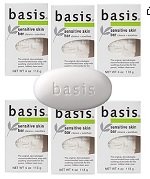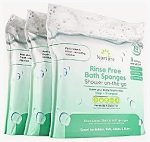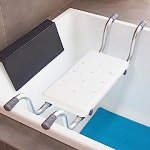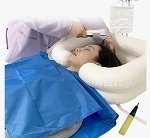Bathing and Dementia challenge- lots of people with dementia don’t want to bathe – for lots of different reasons.
When you are trying to help someone who doesn’t want to bathe the first step is to figure out why they don’t want to do it.
Only when you know why they don’t want to bathe will you be able to figure out how to overcome the resistance.
Contents
- Bathing Practices for Someone with Dementia
- Common Reasons to Resist Bathing
- How often Should Elders Shower?
- Suggested Products to Assist Bathing People With Dementia
- Bathing Basics
- Mix and Match Tips for Successful Showering
- Don’t Ask
- Give a Choice
- Choose your Words Wisely
- Pay Attention to your Non-verbal Messages
- Who’s Asking?
- Hire a Professional and Work as a Team
- Gender may Matter – a Lot
- Play the Part
- Music
- Massage
- Beauty Shop
- Spa Treatment
- Mani – Pedis
- Chest, Back and Underarms
- Incontinence Care
- Go for a Swim – or Just Dress Like It!
- Aim for the time that works best for them
- Alternative Bathing Options and Products
- How to Overcome Resistance to Bathing and Dementia
- Related Posts
Bathing Practices for Someone with Dementia
There are so many unique individuals with multiple reasons for not wanting to bathe. There are quite literally thousands of potential strategy combinations to try.
Common Reasons to Resist Bathing

There are many reasons people with dementia may resist bathing. Often there are multiple reasons at play.
It’s important to investigate the cause, or causes, of each individual’s resistance so that their hygiene needs can be met without causing emotional turmoil or trauma.
Common reasons for bathing resistance can include:
Physical Discomfort
- The bathroom is cold, bright or otherwise uncomfortable.
- They are in pain.
- Bathing is tiring.
- Their sensory processing can become hypersensitive, leading to extreme sensitivity – almost pain – to heat, cold, touch, hearing or other sensation.
Emotional Discomfort
- They feel embarrassed about needing help.
- They’re uncomfortable undressing in front of others.
- They are fearful of water in their face.
- They are frightened to step into the tub.
- Bath mats or drains may look like dangerous holes.
- Reflections from the mirror may make it seem like there are many people in the room.
- They have traumatic memories that are retriggered by the experience.
Changes in Cognitive Abilities
- They believe that they already have showered, or that they will be doing it soon (for example, when they “get home”).
- They no longer know how to sequence the steps to complete a shower.
- They don’t understand they need help, or what you’re doing to them.
- They don’t understand that they need to bathe (even if it seems drastically obvious to you).
How often Should Elders Shower?
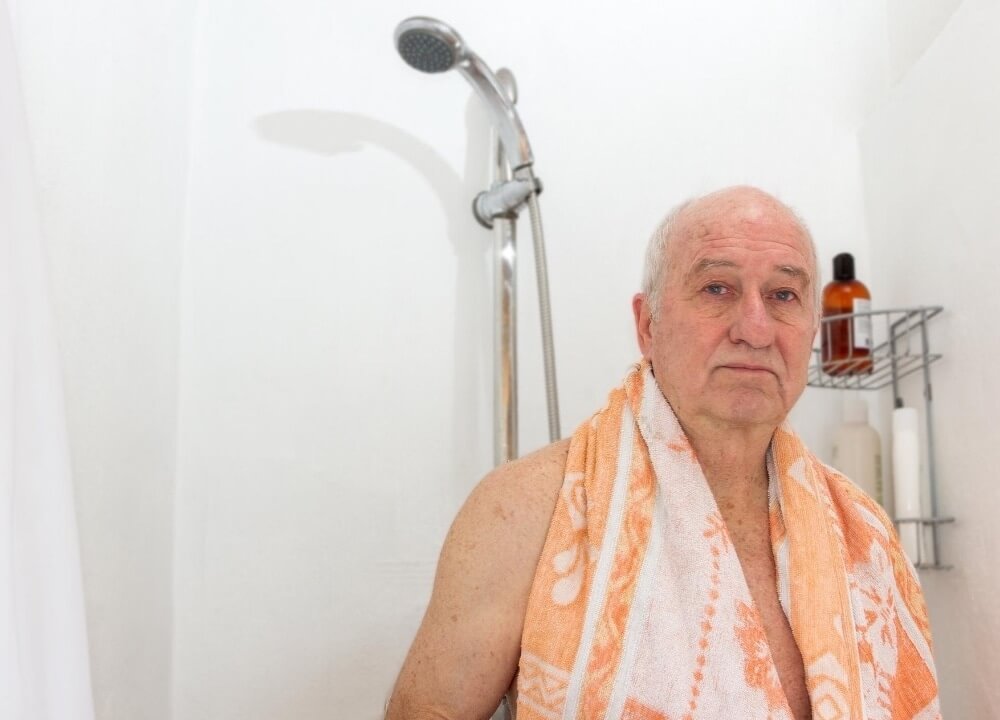
Experts tend to agree that traditional showers or baths are the ideal way to achieve cleanliness.
Bathing removes dead skin cells and bacteria that accumulate and lead to rashes, infections and skin disorders.
However, bathing every day can wash away protective oils from the skin.
Elderly people often have dry, fragile skin. Daily showering can actually worsen its condition.
Depending on the individual’s situation, bathing 1 – 3 times per week is generally recommended for elders.
Using a washcloth on the hands, face, feet, underarms and genitals on the other days is ideal.
There is little ideal about dementia care. In reality, we do our best with what we can in each unique situation.
There are many people who can’t bathe traditionally because they are bedbound, or for other reasons.
If someone with dementia won’t get in a bath or shower, a sponge bath using non-rinse soap is a very good substitute.
A careful sponge bath can remove as much dead skin, oil and bacteria as traditional bathing. Furthermore, alternative bathing has been proven to significantly reduce behavioral challenges for people with dementia.
Finding a way to meet the person’s hygiene needs without upsetting them makes a huge difference – on their quality of life, on your relationship with them, and on the safety of everyone involved.
Suggested Products to Assist Bathing People With Dementia
Bathing Basics
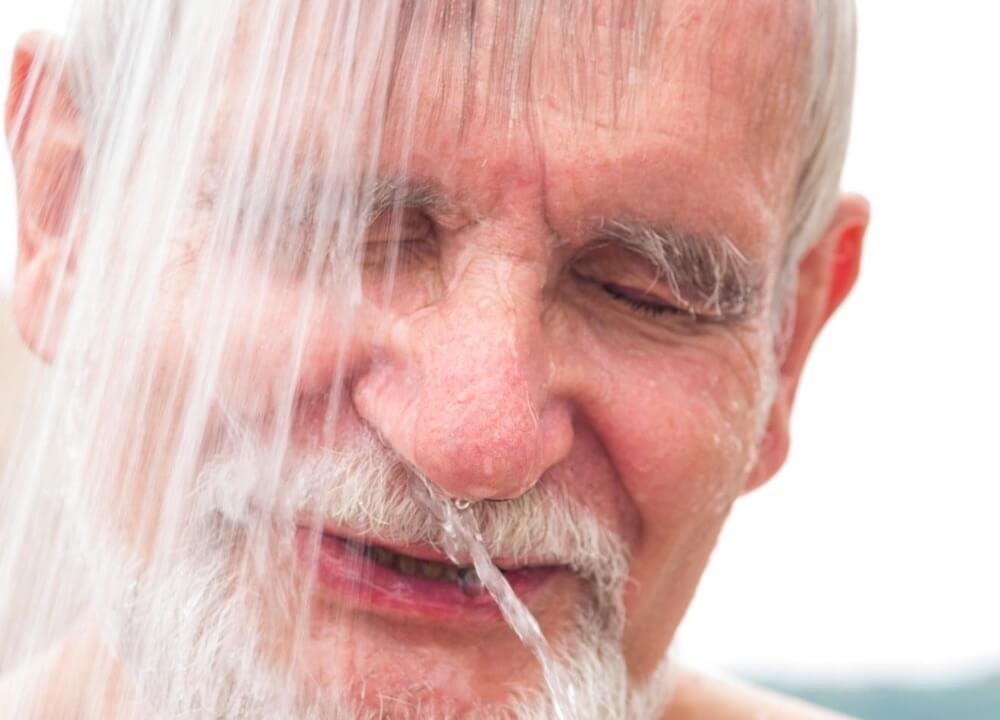
When helping someone with dementia to bathe it may help to do some of the following:
- Cover the person with towels for warmth and modesty.
- Help/encourage them to participate – use the washcloth to wash what they can. This can help give them greater control, and can distract their attention from any uncomfortable feelings while someone else washes what they can’t reach.
- Set up supplies ahead of time.
- Be aware of, and minimize, stimulation where possible. Brains can easily become overwhelmed in a bathroom environment by bright lights, reflections or loud noises.
Mix and Match Tips for Successful Showering

The strategies that will ultimately be effective in successful bathing will depend on the reasons for the resistance.
Be creative and flexible, mix and match approaches, try and err until you find what works for a given individual in the given moment.
Keep in mind that what works may vary from day to day or over time.
Don’t Ask
Generally, you should NOT ask someone with dementia if they want a shower. The answer will be no.
Instead, try walking them to the shower area without talking about it.
Have the shower running already and have everything you need already in place. Towel, washcloths, change of clothing, soaps, shampoo, lotion etc.
Give a Choice
Some people respond better if they have a choice in the matter. Try to offer two options that are both acceptable, such as “Would you rather have a bath or a shower?”
Even if they always make the same decision, having the choice can be important for helping them feel in control.
Choose your Words Wisely
Sometimes it’s a good idea to avoid a specific word, such as “shower” or “bath.” In many cases, avoiding the word itself will avoid resistance.
Simply using different verbiage, such as “Time to wash up”, or “Here’s a warm washcloth,” can make a 100% difference in these cases.
Pay Attention to your Non-verbal Messages
Are you dreading the experience as much as you think they will? Are you inadvertently showing signs of stress, anxiety or tension when it’s shower time?
Most people with dementia pick up on non-verbal messages, such as body language, tension and tone of voice, extremely well.
Relax, open your mind, use a bright, enthusiastic voice – and watch them follow suit.
Who’s Asking?
It can be worth experimenting with who is trying to get the person to shower.
Some people will do anything their son suggests, for example, and seemingly oppose every one of their daughter’s ideas.
Some people respond well to a letter or phone call from the doctor’s office reminding them to take a shower.
Hire a Professional and Work as a Team
Some people don’t want to accept help from a family member, but may be amenable to help from a professional.
On the flip side, other people may be more receptive to a trusted family member.
Professional care staff and family may have to work together to accomplish the task in a way that feels safe and acceptable to the person living with dementia.
Consistency is extremely important when it comes to hiring a professional.
Once you find a good match, use the same person each time to the extent possible. It may take several sessions to build up trust and rapport enough to accomplish the bathing.
Gender may Matter – a Lot
While it doesn’t make a difference to everyone, some people are much more comfortable with members of their same gender.
Others however will tend to do more for someone of the opposite sex.
Play the Part
Other non-verbal cues can include the environment or the outfit that the helper is wearing.
A home bath aide who is wearing scrubs, or a white lab coat, may look more like a nurse and therefore inspire more cooperation.
A home care aide can also come under the guise of a “Nail Care Technician”, “Masseuse” or “Skin-care Nurse”, for example.
One advantage of these options is that they spare the person’s ego.
If the resistance results from being embarrassed or unaware that they need help with bathing, these can be effective approaches. They can meet the person’s hygiene needs while preserving their self-esteem.
Music
Sing or play their favorite music from young adulthood.
Keep their attention wrapped up in song and their mood high. Dance a bit as you help them through the process of changing or sponge bathing and be amazed at what you can accomplish.
Massage
Some people love massages.
Having a massage appointment in which they are massaged using warm washcloths and non-rinse soap can be just the ticket for some.
Beauty Shop
A beauty shop appointment can be very effective for washing hair. Try printing out a “gift certificate” on the computer and presenting it to the person with much ado.
They may just be swept along with the enthusiasm of the moment.
Spa Treatment
Try presenting a bath as a spa treatment. Pamper the person with champagne (or bubbly water) and chocolates in the bath.
Break out the facial mask, cucumber slices, seaweed wraps – or anything else that might sell the experience.
Mani – Pedis
Use manicures as an excuse to provide excellent fingernail care, washing and lotioning skin from the hands up to the elbows, or even beyond.
Likewise, pedicures can provide the perfect opportunity to clean the feet and lower legs up to or even beyond the knees.
Chest, Back and Underarms
Gaining access to this area can be tricky in some cases. Again, presenting the non-rinse soap as a skin treatment can be helpful.
Try to time this for a moment when they are changing their shirt if possible.
Incontinence Care
If the person is amenable to assist with cleaning up after an incontinence episode, this can be a great time to sponge bathe the entire perineal area, thighs and abdomen.
If the person prefers to wash this area independently, provide warm washcloths with non-rinse soap.
It may help to explain that the non-rinse soap is a skin treatment to prevent infections and skin concerns (which is true, after all).
Go for a Swim – or Just Dress Like It!
For people who swim regularly (or may enjoy starting), a pre- or post-swim shower can be a good opportunity to work in a routine shower.
This can be effective because it is an expectation of everyone who swims. There is no singling out, no implications about the person’s needs or detriments, no embarrassment.
If urinary incontinence is a concern, consider adult incontinence briefs made especially for swimming.
Standard incontinence briefs aren’t suitable for submersion underwater.
Wearing a swimsuit in the bathtub can also be effective when modesty is a concern.
Aim for the time that works best for them

This will vary by individual. The best time may be:
What they’re used to.
- Have they always liked a bath at bedtime? It might help to keep up that routine.
- It may help to have a quick shower or sponge bath every day at the same time, even if it’s not completely necessary for hygiene, it may help them to build that routine so they can thrive with that consistency.
During their best time of day.
- If they tend to be more alert during mornings, it may help to aim for a morning shower or sponge bath, even if they used to prefer bedtime baths.
- Other people find that midday tends to be when they function at their best, and some (although not too many) even do better cognitively later in the day.
When they’re already changing clothing or using the toilet.
- Half the trick is to get them this far. When they’re sitting on the toilet, you can apply their “leg cream” (non-rinse soap). Keep a change of clothes in the room so you can apply the non-rinse soap and change their socks, pants and undergarments quickly, smoothly and without resistance.
Unpredictable.
- Sometimes routines are really helpful to those with dementia – but sometimes you just have to be watching for the window of opportunity and be ready to take it when it comes. Have everything ready pretty much all the time, so when they are ready you are too.
Alternative Bathing Options and Products

Sponge Bath
As simple as a warm washcloth in a sink or basin, a sponge bath can be a very effective way of removing old skin cells, bacteria, sweat and odor.
Use soapy water, being sure to rinse well with a clean washcloth afterward, or try using a non-rinse conditioning skin cleansing product for more ease and better skin health.
The general rule of thumb is to wash from cleanest to dirtiest body parts, using a clean washcloth for each body part.
Seven-day Bath
To avoid overwhelming the person, you can break up a sponge bath so that just a tiny portion is completed each day.
Break it up however works best for the person.
One example:
- Monday: hands and forearms
- Tuesday: elbows, upper arms and underarms
- Wednesday: back
- Thursday: front torso
- Friday: feet and lower legs
- Saturday: thighs
- Sunday: perineal area and buttocks
Bed Bath
Essentially a sponge bath given in bed, the bed bath can be an effective way to get someone clean while keeping them warm, feeling secure and modest.
It can easily be disguised as a massage and be a very relaxing experience for the person with dementia.
It might be helpful to hire a professional bath aide to assist with this if you find it physically difficult.
Towel Bath
A towel bath is essentially a bed bath where the person is covered in warm wet towels.
The experience is even warmer and more relaxing than a traditional bed bath.
There is a lot of research to back up its effectiveness in maintaining hygiene and reducing anxiety and resistive behaviors in dementia.
Bag Bath
Commercially available bag baths come with 10 disposal cleansing wipes. Pop the whole bag in the microwave and follow the directions for a complete waterless bathing experience.
Bag baths have been proven to be one of the very best options for preventing spread of infections and are used frequently in hospitals, hospices and other organizations.
Non-rinse Soap
Non-rinse soaps often contain lotions or skin conditioners which offer added benefits to skin health.
Non-rinse Shampoo
Available as a powder or a shower cap, this can be a good way to clean hair without getting it wet.
How to Overcome Resistance to Bathing and Dementia
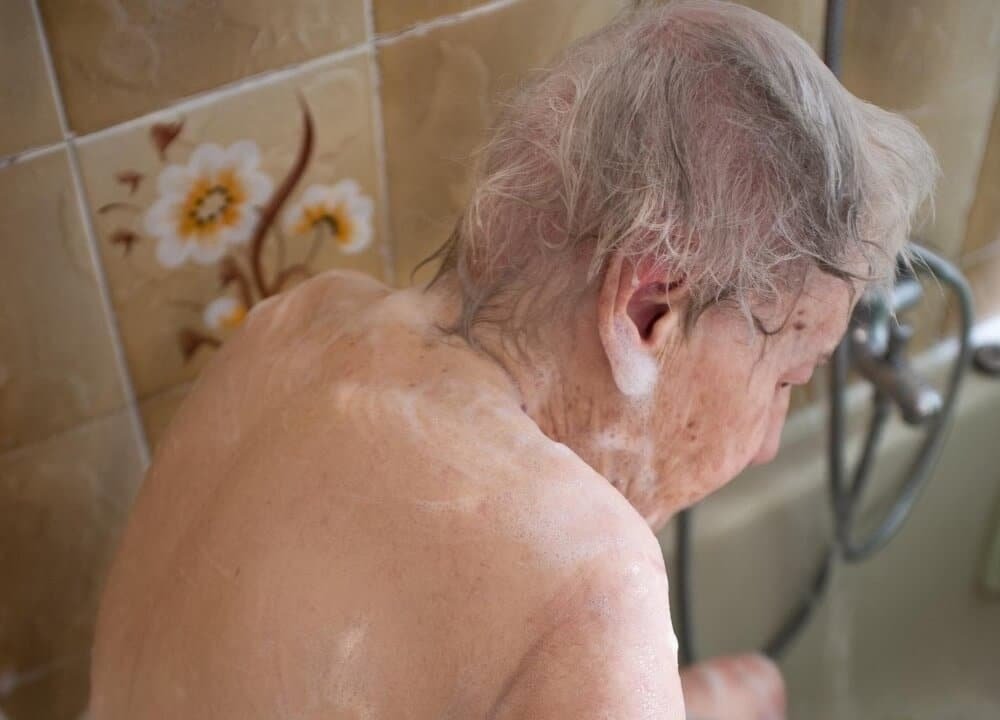
To overcome resistance to bathing in someone with dementia follow these steps:
1. Identify the causes for the resistance.
2. Reframe the goal. It’s not to get them to bathe, it’s to meet their hygiene needs.
3. Consult with the individual’s doctor, if needed, to determine an appropriate bathing frequency. 4. Consider their unique health status and feelings regarding bathing. 1-3 times per week is plenty for most elders.
5. Try a strategy. Try another.
6. Keep trying until something works.
7. Be flexible and keep adjusting the plan as the situation evolves.



